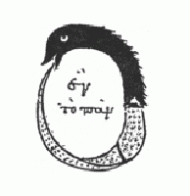
Ouroborus 3rd Century (Greek)
The Wise Self
Wisdom is a combination of intelligence, experience and judgement
Visiting a friend for the last warm weekend of August, I asked her how she thought about wisdom. Her answer bypassed intelligence and after a moment’s pause she quietly said: ‘heart and intuition’.
Intuition and his ‘accursed human education’ exercised D. H. Lawrence when he wrote the long narrative poem: The Snake. On self-imposed exile in Italy -away from hostility towards him in England – he wrestled with this inner conflict. It is exactly the way he expresses the two sides of himself which draws me to this poem. When snakes have become the theme of my own poems, I’ve found what I can only call my wise voice from the depths. It makes me think that the archetypal energies of the snake seem to direct the writing towards wisdom.
It was the snake’s voice which spoke in the Garden of Eden – the first book of the Bible: Genesis. My own heritage rests within the Judaic-Christian culture. It may be disingenuous to consider the snake’s voice as a wise one since the creature was forever condemned to slither in the dust, after tempting Eve to eat the fruit from the forbidden tree of the knowledge of good and evil.
Yet isn’t being both good and bad exactly the truth about our human lives? This schism is mirrored in the snake’s venom – extracts from its poisonous venom are able to be used medicinally for healing. A perfect holding of the duality: death and life.
Wisdom through the Animal Kingdom
For he seemed to me again like a king
Like a king in exile.
In the poem Snake, Lawrence described an event with a real snake but it also acts partly as metaphor (see: poem in its entirety at the end). Consistently through the stanzas, he traces the conflict within himself between his empathetic and instinctual feelings and ‘the voices of my accursed human education’ (kill the snake). That last learnt voice half-heartedly won out as he feebly threw a log at the snake whilst it disappeared down a hole.
This ‘mean act’ flipped him into regret – and at the same moment he saw the snake as ‘one of the lords of life’, finally elevating him to a state of majesty and making himself aware of his own ‘pettiness’. The inherent wisdom in the poem is the expression of both sides of Lawrence’s nature and conflict.
Expressing Duality
Because the snake sheds its old skin and there is a new one underneath, this has given rise to a further symbolism of renewal or rebirth. Thirty years ago, I wrote a poem called: Snake. My female snake, however, did not slake off her outer skin but revealed an inner pattern of vulnerability which melded with the nature of her outer force.
I wrote this poem so long ago I remember little of the circumstances, but something in me had found this wise voice to articulate the fusing of the old and the new. And I kept it hand-written in my files. I believe I was expressing the experience of merging my outer and inner selves in my mid-thirties: integrating my own power in a new way through my metaphorical snake. Here’s the snake’s voice in the last stanza:
I cleave my power amidst the ancient-wise and each new day
and that is what I need to do
and all I need to do
(1983)
Recognition of a Wisdom
The snake is one of the world’s most potent symbols feeding into mythologies reaching far back into antiquity in continents as far apart as Africa, India and the Americas.
Ouroborus
The serpent biting its own tail
dates back to ancient Egypt and Greece.
The eternal cycle of life is just another of the implicit meanings
There are times when a poem emerges and feels like a voice has come through containing more than you ever thought you were going to write about or had in your consciousness. The wise voice possibly. Here is such a poem:
Ouroborus
Here is the golden snake on his way
along the bridge from eternity to now.
He comes from no beginning
He goes towards no end
When he rests he loops himself
until his mouth encloses his tail
and he sucks in time until it disappears
And there is no end and no beginning
and no separation of heaven from earth
when your eyes are open, watchful
for his sharp tongue, his sudden movement
As long as you know how to let your footsteps
tread along the bridge one foot after the other
~
Movement here goes into resting with the circular looped image of the snake’s agile body making time disappear. But the concept of eternity is hard to grasp and each of my poems dealt with time and space: the first aware of ‘each new day’ and the next – the treading of ‘one foot after the other’. After all that is how we perceive we go forward in life with a linear concept of time.
Defining Wisdom
Perhaps time to think how I might define wisdom. I took to some free-writing before reaching for the dictionary. The sentence at the top of this blog came at the end of much scribbling over two A4 sides in answer to these questions:
What is wisdom?
Am I wise?
Is so and so wise?
Is another so and so wise?
What is the difference between intelligence and wisdom?
Through answering my own questions (which could be applied I guess to any abstract human quality) I arrived at my succinct and short sentence. Then and only then did I look up my OED definition. I felt really pleased with what I found:
combination of experience and knowledge
with the ability to apply them judiciously
Wisdom through a historical figure:
King Solomon – the Decision-Maker
King Solomon’s wisdom was praised in the Bible. Living in the land of the Hebrews, he reigned in the 10th century B.C.
And God said unto him….Because thou hast asked for thyself understanding to discern judgment…. Lo, I have given thee a wise and an understanding heart. . . (1 KINGS 3 v: 11-12)
A very dear friend talked to me frequently about her dilemma about moving house. She was a very good journalist and we always talked about writing. As I often do (whether friends are writers or not) I suggested doing some writing around her indecision. Why not imagine an Internal Decision Maker? I suggested she thought of a person dead or alive who was good at making decisions. Immediately she came up with King Solomon. Brilliant, I thought. An inner wise-self as decision-maker.
Because she loved the theatre, I thought she’d like to write a dramatic dialogue between herself and King Solomon about whether to move house or not. Always full of good writing ideas, I’m used to friends and family not following up my ideas. My friend was no exception and didn’t do the writing.
What we had no idea about was that within two years she would die. By default, it was certainly the best decision not to move house, to be near friends and familiarity. Maybe this without knowing why underlaid her uncertainty.
Nevertheless because I thought it would be a good exercise, I took the liberty of writing on her behalf. Here is the imaginary dialogue:
Indecisive Self: I have a decision I don’t know how to think about at the moment. I am not ready to make it. Everyone is telling me it is my decision, and either way it is fine. A decision one way or another has to be made but there is no immediate urgency to make it. Only I’m unsure if it’s a good idea to do one thing or a bad idea to do the other. Everyone has said they will go along with my decision and it does affect the whole family. I am so unsure that I don’t even know what I want. I can’t even say: “ ‘No, I don’t want that’ or ‘Yes, I do want this.’ ”
King Solomon: If you do not make a decision, events and time will play themselves out. If you cannot make a decision, don’t make it. Life in the end will make it for you.
Sadly Life did make the decision. With hindsight maybe this was prescient. It was certainly the best decision. Even if she did not know why, my friend had an inherent wisdom and knew what she needed. When the time to go into the hospice came her friends were all nearby. By staying put she had intuitively known what she needed. Sometimes it is best not to do anything and see how time allows life to unfold.
Wisdom & Pettiness
An imaginary dialogue with another historical figure might fit the bill equally well; or some-one charismatic from contemporary life. Asking another friend her choice, she said Pallas Athene – the Greek Goddess of Wisdom. Socrates, through discussing language and the truth of names, in Plato’s Dialogues analysed her name as: ‘moral intelligence’ .
Lawrence drew out his own ambivalence through his long poem ending with that note of ‘pettiness’. Sometimes, I find myself expressing my own ‘pettiness’ vociferously with a momentary satisfaction of gloating bitchiness. The inner wise self has to put up with me not discounting my inner petty self too. I own both selves. Both are part of me.
King Solomon is quite straightforward and one dimensional. Do look up the story about his judgement to divide a living baby in half with his sword to settle a dispute between two mothers each claiming the child as their own.
The snake, however, has slithered through my text drawing me into its complexity and wily ways with so many different symbolic meanings I’ve had a tough time staying focussed on just a few. It may represent eternity as one of its many metaphorical meanings but time and space for blogging is limited and I already take a lot of both.
In my everyday life, I try to take each day as I plan it as well as experience what comes towards me. Being open to that awareness is the kind of wisdom I aim to live by.
Perhaps you have drawn on a creature from the land, sea or air to explore and articulate the wise part of yourself. Or maybe written in the voice of a person whether living or dead.
Please do make a comment.
ⓒ Monica Suswin
Notes
The Bible: Genesis (Chapter 3) & 1 Kings (Chapter 3 – verse: 11-12)
The Snake by D. H. Lawrence
The Dialogues of Plato (Cratylus – 407) translated by B. Jowlett. Oxford University Press (1892)
Extracts from my book ms: Erotic Alert (Chapt 3) & Shifting Boundaries (Chapt 5)
***
(further note: posting a poem in this format does not honour line breaks!)
Snake
A snake came to my water-trough
On a hot, hot day, and I in pyjamas for the heat,
To drink there.
In the deep, strange-scented shade of the great dark carob-tree
I came down the steps with my pitcher
And must wait, must stand and wait, for there he was at the trough
before me.
He reached down from a fissure in the earth-wall in the gloom
And trailed his yellow-brown slackness soft-bellied down, over the edge of the stone trough
And rested his throat upon the stone bottom,
And where the water had dripped from the tap, in a small clearness,
He sipped with his straight mouth,
Softly drank through his straight gums, into his slack long body,
Silently.
Someone was before me at my water-trough,
And I, like a second comer, waiting.
He lifted his head from his drinking, as cattle do,
And looked at me vaguely, as drinking cattle do,
And flickered his two-forked tongue from his lips, and mused a moment,
And stooped and drank a little more,
Being earth-brown, earth-golden from the burning bowels of the earth
On the day of Sicilian July, with Etna smoking.
The voice of my education said to me
He must be killed,
For in Sicily the black, black snakes are innocent, the gold are venomous.
And voices in me said, If you were a man
You would take a stick and break him now, and finish him off.
But must I confess how I liked him,
How glad I was he had come like a guest in quiet, to drink at my water-trough
And depart peaceful, pacified, and thankless,
Into the burning bowels of this earth?
Was it cowardice, that I dared not kill him? Was it perversity, that I longed to talk to him? Was it humility, to feel so honoured?
I felt so honoured.
And yet those voices:
If you were not afraid, you would kill him!
And truly I was afraid, I was most afraid, But even so, honoured still more
That he should seek my hospitality
From out the dark door of the secret earth.
He drank enough
And lifted his head, dreamily, as one who has drunken,
And flickered his tongue like a forked night on the air, so black,
Seeming to lick his lips,
And looked around like a god, unseeing, into the air,
And slowly turned his head,
And slowly, very slowly, as if thrice adream,
Proceeded to draw his slow length curving round
And climb again the broken bank of my wall-face.
And as he put his head into that dreadful hole,
And as he slowly drew up, snake-easing his shoulders, and entered farther,
A sort of horror, a sort of protest against his withdrawing into that horrid black hole,
Deliberately going into the blackness, and slowly drawing himself after,
Overcame me now his back was turned.
I looked round, I put down my pitcher,
I picked up a clumsy log
And threw it at the water-trough with a clatter.
I think it did not hit him,
But suddenly that part of him that was left behind convulsed in undignified haste.
Writhed like lightning, and was gone
Into the black hole, the earth-lipped fissure in the wall-front,
At which, in the intense still noon, I stared with fascination.
And immediately I regretted it.
I thought how paltry, how vulgar, what a mean act!
I despised myself and the voices of my accursed human education.
And I thought of the albatross
And I wished he would come back, my snake.
For he seemed to me again like a king,
Like a king in exile, uncrowned in the underworld,
Now due to be crowned again.
And so, I missed my chance with one of the lords
Of life.
And I have something to expiate:
A pettiness.
D. H. Lawrence
Taormina, Sicily, Italy. 1923
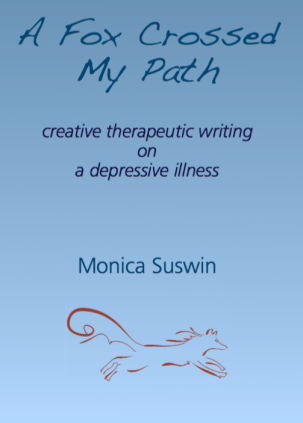
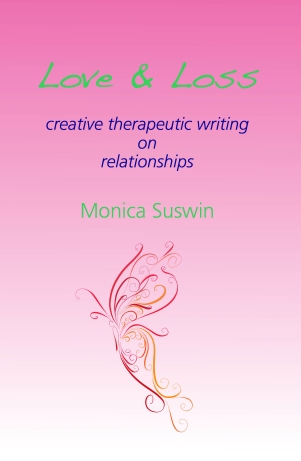
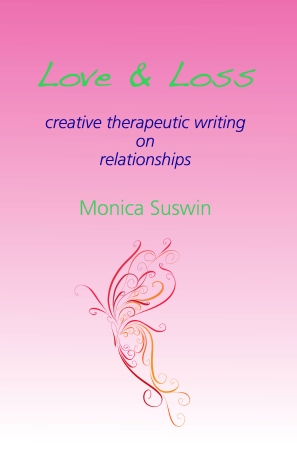
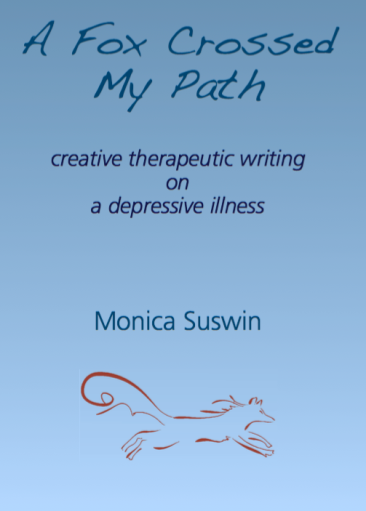
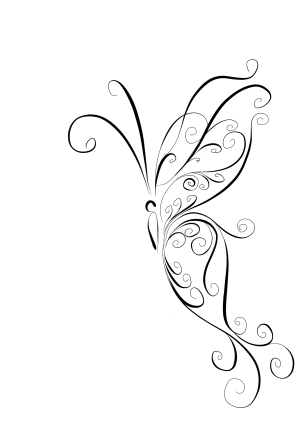
 Would I go back to this?
Would I go back to this?
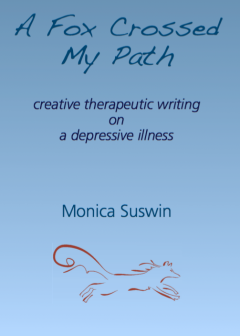
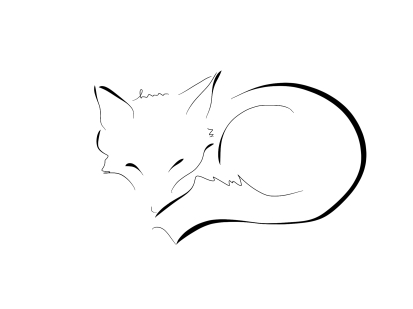
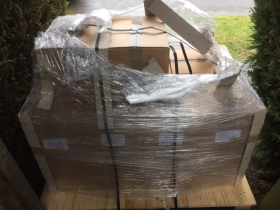 A FOX CROSSED MY PATH
A FOX CROSSED MY PATH 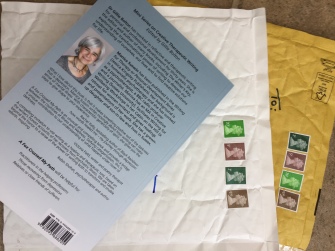
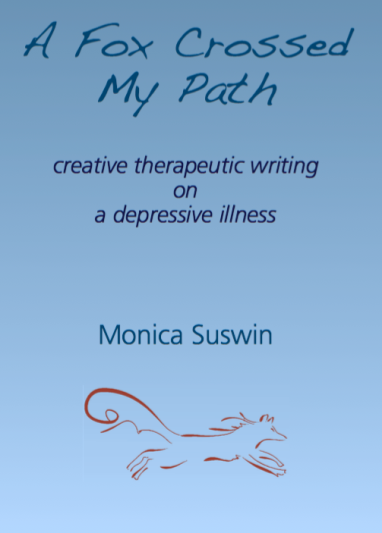
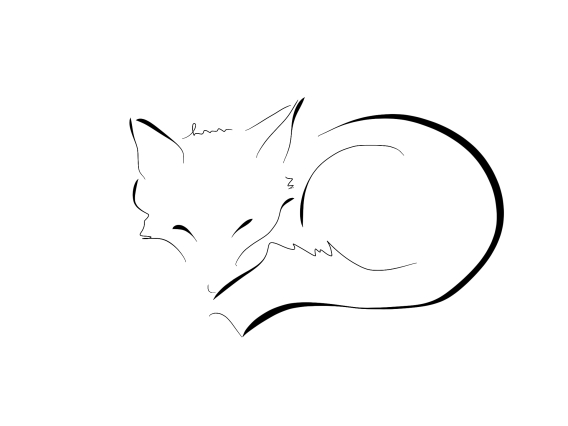
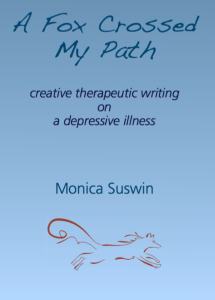

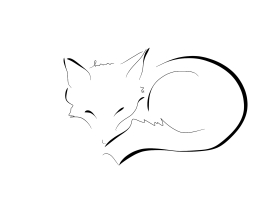
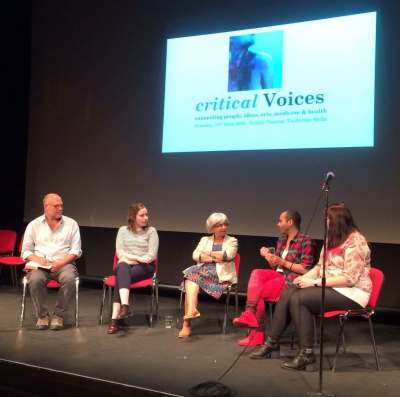
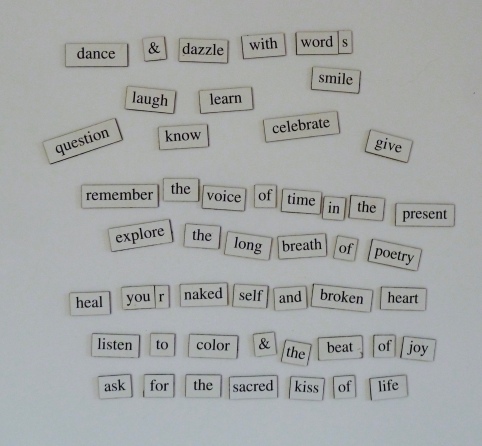
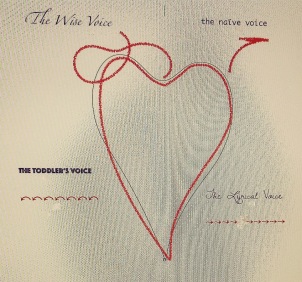
 Through the process of creative therapeutic writing I have uncovered and explored my own vulnerabilities. The physical act of writing makes visible what has been stored invisibly in my mind.
Through the process of creative therapeutic writing I have uncovered and explored my own vulnerabilities. The physical act of writing makes visible what has been stored invisibly in my mind.